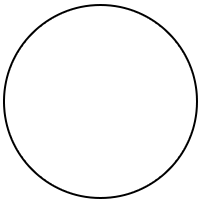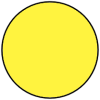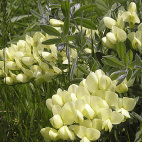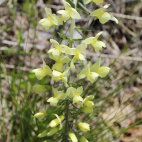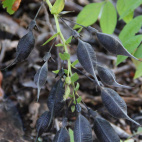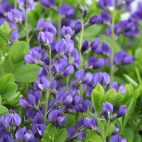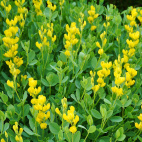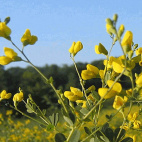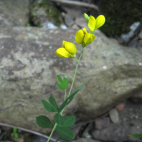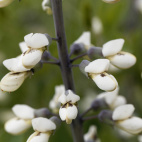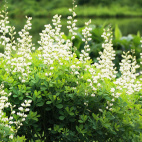Color
Availability
USDA Zone
Region
Type
Duration
Season
Germination
Soil
Sunlight
Height
Use
Narrow Your Search
Color
Availability
USDA Zone
Region
Type
Duration
Season
Germination
Soil
Sunlight
Height
Use
Wildflowers - Indigo Seeds
Indigo is so named because of the indigo dye that can be made from parts of this native plant. The flowers in the Baptisia family are not all blue, different species come in colors of white, yellow, and cream. Indigo seeds are pretty slow growing, taking an number of years to reach flowering size. Once the wildflower seed packets are established, they are very long-lived - some plants lasting for decades. We had a field planted in Cream Wild Indigo for seed production that was still going strong almost 20 years later! These plants are legumes, and not only have put on an early color show in the spring, but their unique green foliage is attractive throughout the rest of the growing season as well.
-
 Cream Wild Indigo Seeds
Baptisia leucophaea
One of the first plants to bloom on the spring prairie, these abundant creamy flowers add elegance to any planting. These take a while to establish from seed but will persist for decades.Quick View$3.75 Pkt - $108.00 / Oz
Cream Wild Indigo Seeds
Baptisia leucophaea
One of the first plants to bloom on the spring prairie, these abundant creamy flowers add elegance to any planting. These take a while to establish from seed but will persist for decades.Quick View$3.75 Pkt - $108.00 / Oz -
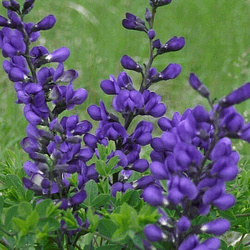 Dwarf Blue Indigo Seeds
Baptisia minor
Deep blue flowers provide a striking contrast to a native planting or garden. The shrub-like plants also have a very lovely green foliage.Quick View$3.48 Pkt - $22.17 / Oz
Dwarf Blue Indigo Seeds
Baptisia minor
Deep blue flowers provide a striking contrast to a native planting or garden. The shrub-like plants also have a very lovely green foliage.Quick View$3.48 Pkt - $22.17 / Oz -
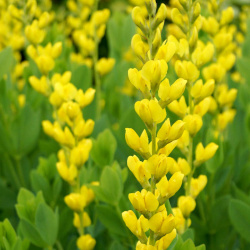 Out Of Stock
Large Yellow Wild Indigo Seeds
Baptisia sphaerocarpa
Bursting with bright yellow blossoms, this robust perennial grows larger each year. It is very long-lived and drought resistant.Quick View$3.48 Pkt - $50.00 / Oz
Out Of Stock
Large Yellow Wild Indigo Seeds
Baptisia sphaerocarpa
Bursting with bright yellow blossoms, this robust perennial grows larger each year. It is very long-lived and drought resistant.Quick View$3.48 Pkt - $50.00 / Oz -
 Small Yellow Wild Indigo Seeds
Baptisia tinctoria
These sunny, yellow flowers grow on drought-resistant, shrub-like plants. These long-lived perennials are perfect for native landscaping.Quick View$3.75 Pkt - $60.00 / Oz
Small Yellow Wild Indigo Seeds
Baptisia tinctoria
These sunny, yellow flowers grow on drought-resistant, shrub-like plants. These long-lived perennials are perfect for native landscaping.Quick View$3.75 Pkt - $60.00 / Oz -
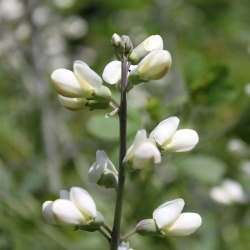 White Wild Indigo Seeds
Baptisia alba
Attractive foliage and vase-like shape add a refined touch to the native landscape. The lovely white blooms are very drought resistant and will bring pollinators to your garden.Quick View$3.75 Pkt - $18.26 / Oz
White Wild Indigo Seeds
Baptisia alba
Attractive foliage and vase-like shape add a refined touch to the native landscape. The lovely white blooms are very drought resistant and will bring pollinators to your garden.Quick View$3.75 Pkt - $18.26 / Oz
Indigo is so named because of the indigo dye that can be made from parts of this native plant. The flowers in the Baptisia family are not all blue, different species come in colors of white, yellow, and cream. Indigo seeds are pretty slow growing, taking an number of years to reach flowering size. Once the wildflower seed packets are established, they are very long-lived - some plants lasting for decades. We had a field planted in Cream Wild Indigo for seed production that was still going strong almost 20 years later! These plants are legumes, and not only have put on an early color show in the spring, but their unique green foliage is attractive throughout the rest of the growing season as well.

